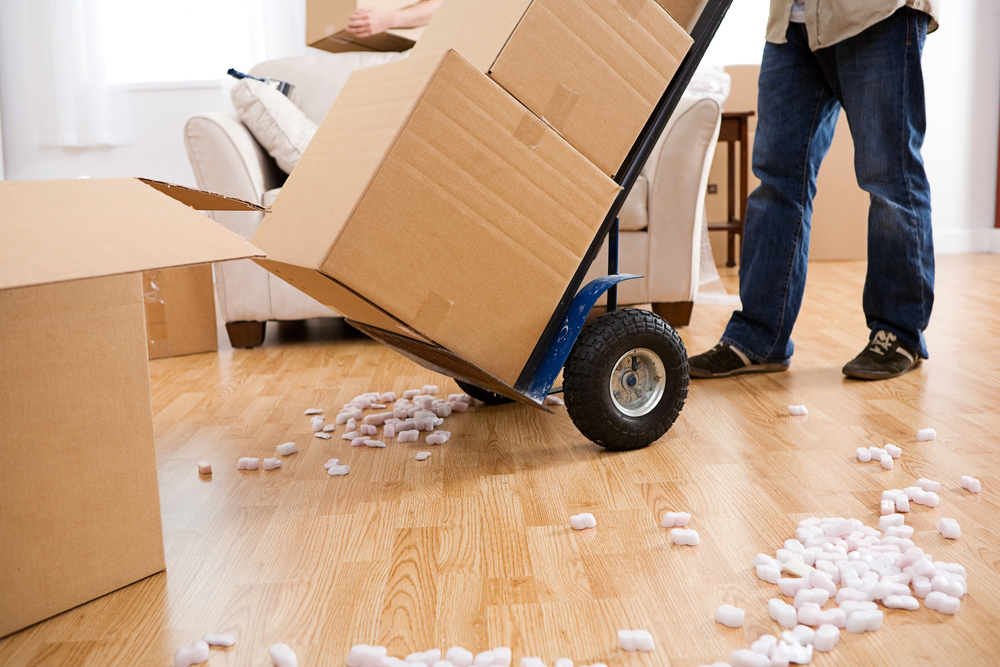Moving to a new home can be an exciting experience, but it can also be a stressful and challenging one, which requires good planning,moving safety skills, organizational skills, and patience. One of the most critical aspects of making a move is ensuring moving safety for yourself and your belongings. Moving safety involves precautions that you should take to prevent accidents, injuries, and damage to your furniture and other possessions while moving. In this post, we will provide you with a comprehensive moving safety guide that you can follow to make your move as safe and secure as possible.

1. Plan Ahead
Moving safety starts with good planning. The first step in planning for your residential move is to create a moving checklist that you can use to keep track of everything you need to do before and during your move. Your checklist should include items such as hiring a moving company, decluttering your home, packing your belongings, and notifying your utilities and other service providers of your address change.
2. Hire a Reputable Moving Company
To ensure moving safety, one of the essential things you need to do is to hire a reputable and reliable moving company. Look for a company that is licensed, insured, and has a good track record of providing quality moving services. Do some research and read reviews from past clients before making a final decision.
3. Get Adequate Insurance Coverage
Another critical aspect of moving safety is getting adequate insurance coverage for your belongings. Check with your moving company to see what type of insurance coverage they offer and consider purchasing additional insurance if necessary. This way, you can protect your belongings against damage or loss during transit.
4. Declutter Before You Pack
Before you start packing your belongings, take some time to declutter your home. Getting rid of items that you no longer need or use can help you save space and reduce the weight of your move, which can ultimately save you money. It can also help you avoid accidents or injuries caused by tripping over clutter or trying to move heavy items.
5. Pack Smart
Packing your belongings correctly is essential for moving safety. Start by using high-quality packing materials such as bubble wrap, packing paper, and sturdy boxes. Label all your boxes correctly and ensure that the contents of each box are well-protected and won’t shift during transit. When packing heavy items, ensure that they are packed at the bottom of the box and that lighter items are placed on top.
6. Use Proper Lifting Techniques
Lifting heavy items during a move can be challenging and dangerous. To avoid injuries, use proper lifting techniques such as bending your knees, keeping your back straight, and lifting with your legs. Avoid lifting with your back, which can lead to strains and muscle pulls.
7. Take Breaks
Moving can be a physically demanding task that requires a lot of energy and stamina. To ensure moving safety, take breaks regularly to rest and re-energize. Drink plenty of water and eat healthy snacks to keep yourself hydrated and nourished.
8. Secure Your Load
If you’re driving a rental truck or moving van, it’s essential to secure your load properly to prevent damage or accidents. Ensure that all your boxes and furniture are secured with straps or rope and that nothing is loose or moving around during transit.
9. Protect Your New Home
Finally, once you’ve arrived at your new home, take steps to protect your new environment, including your floors, walls, and doors. Use floor protectors to prevent scratches and scuffs, and cover your walls and doors with padding to prevent damage during the move-in process.
Moving safety is critical for protecting yourself and your belongings during a move. By following the tips outlined in this guide, you can ensure that your move is as safe and secure as possible. Remember to plan ahead, hire a reputable moving company, get adequate insurance coverage, declutter before you pack, pack smart, use proper lifting techniques, take breaks, secure your load, and protect your new home. With these precautions in place, you can enjoy a stress-free and successful move.

